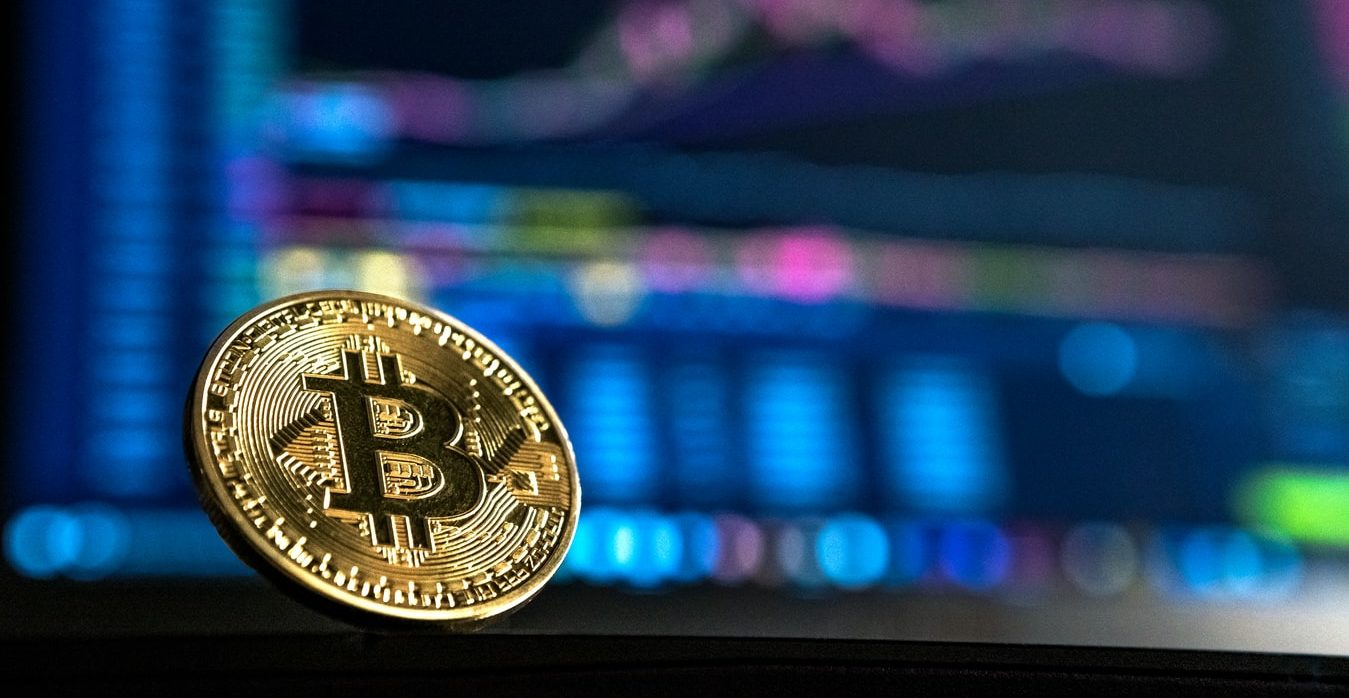
Subtract Inflation and It All Adds Up!
June 24, 2021
Bitcoin: Coming to a 401(k) plan near you?
June 24, 2021As most middle-school-age kids know, in the summer of 1776, representatives of the 13 colonies considered a resolution that would declare their independence from Great Britain. And on July 2nd of the same year, the Continental Congress voted in favor of independence. Then on July 4, 1776, the delegates adopted the Declaration of Independence, arguably the nation’s most historic document drafted by Thomas Jefferson.
From 1776 until the present day, July 4th – also known as Independence Day – has been celebrated as the birth of our country’s independence, with typical festivities ranging from casual family barbecues to local town parades to concerts and fireworks sponsored by large US cities and televised worldwide.
It got us thinking about the business of fireworks. We have all seen the big fireworks stores scattered throughout the county and open year-round, but we are always amazed at how many fireworks tents pop up in local towns starting about June 1st. Just how big is this industry? How many fireworks shows are put on across the country? And how expensive is it to do?
Well, we were stunned to discover just how much we spend on blowing things up in the sky. Here’s what we found according to the American Pyrotechnics Association:
- The earliest documentation of fireworks dates back to 7th century China and today, China produces almost 90% of the world’s fireworks
- There are an estimated 14,000 July 4th fireworks celebrations across our country
- Many small-town shows cost between $2,000 and $10,000 for a short show
- The larger cities – which often incorporate music, sophisticated computer coordination, and much bigger shells – cost about $3-$10,000 a minute. And the average show lasts approximately 17 minutes.
- Last year, we spent over $1 billion on fireworks – with approximately $750 million spent by consumers and the balance coming from what are knows as displays – towns, cities, corporations putting on public fireworks displays.
- That $1 billion bought almost 300 million pounds of fireworks last year, which is basically a pound of fireworks for every person in the US.
- Those 300 million pounds of fireworks are the equivalent of 200,000 lightning bolts!
- Walt Disney World buys the largest amount of fireworks in the U.S. per year due to their nightly fireworks shows over the Magic Kingdom.
- The largest show in the country – the Macy’s 4th of July Fireworks – is held with New York City as its backdrop and its organizers launch an average of 1,600 shells per minute, which is more than three times the average of an entire local community show. It is viewed by more than 3 million spectators and has a TV audience of more than 8 million. They will launch more than 50,000 shells from six barges over the Hudson River in a span of 25 minutes.
- The July Fourth Boston Pops Fireworks Spectacular – one of my personal favorites – will attract over half a million spectators and another 8 million people tune in to watch on TV.
- The National Park Service in Washington, DC, puts on an annual Fourth of July fireworks show at the National Mall. The show boasts the largest shells of any show in the country and lights up the Lincoln Memorial, Washington Monument, and the Thomas Jefferson Memorial at an estimated cost of $4 million.
So how does this relate to financial planning? Well, I’m not sure it really does. Nevertheless, I hope you enjoy your 4th of July and have learned a little bit about the business of fireworks across our great country. Happy 4th.




